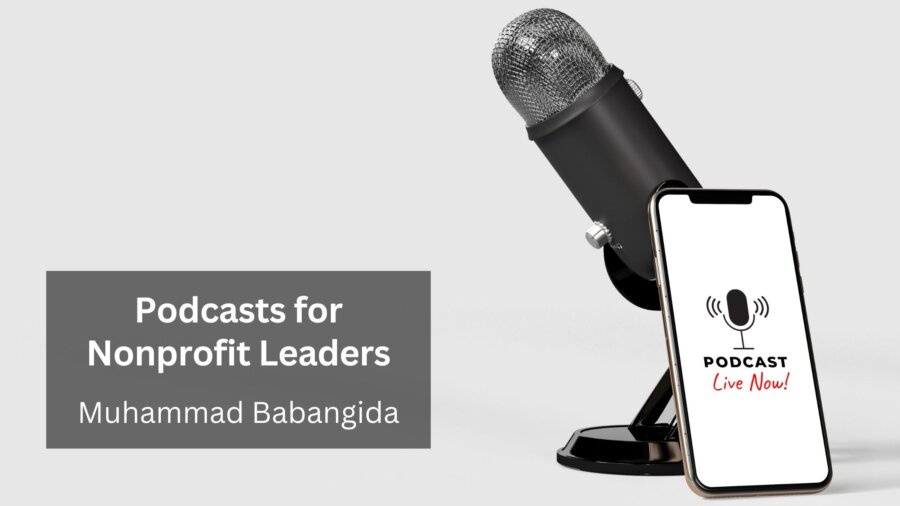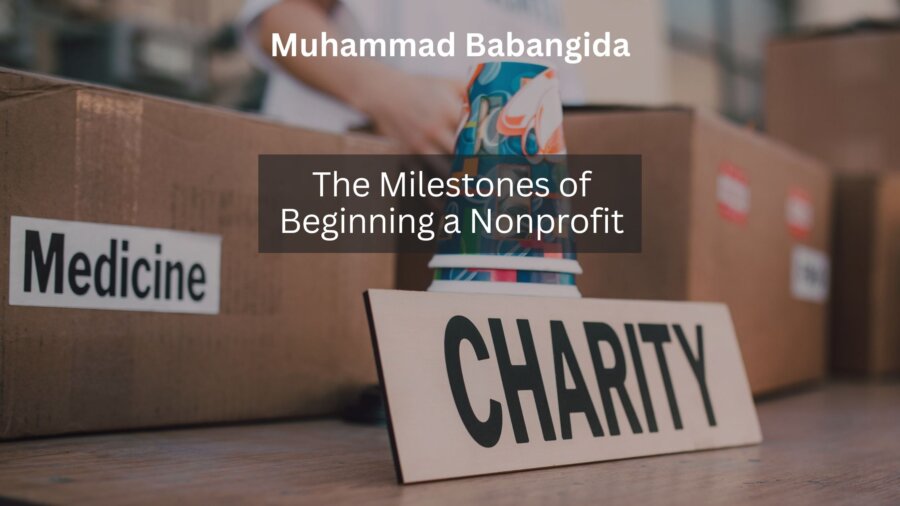Starting a fundraiser is a noble endeavor, whether you’re supporting a personal cause, community project, or a nonprofit organization. However, successful fundraising requires more than just good intentions. Understanding and adhering to specific “rules” can significantly enhance your efforts and ensure your campaign is effective, ethical, and legally compliant. Here are some essential guidelines to consider.
Define a Clear Purpose and Goal
One of the first steps in planning a fundraiser is clearly defining its purpose and setting a specific, achievable goal. Whether you’re raising funds for medical expenses, educational programs, or community initiatives, having a focused purpose helps communicate the urgency and importance of your cause to potential donors. Establishing a clear financial target also provides a benchmark for success and helps track progress.
Understand Legal Requirements
Fundraising activities are subject to various legal regulations, varying by region. Researching and complying with these laws is essential to avoid potential legal issues. Standard requirements include registering your fundraiser, obtaining necessary permits, and adhering to tax regulations. If you’re fundraising on behalf of a nonprofit, ensure the organization is legally recognized and compliant with all relevant laws.
Develop a Detailed Plan
A well-thought-out plan is crucial for any successful fundraiser. Outline the steps you’ll take to reach your fundraising goal, including marketing strategies, timelines, and budget considerations. Identify your target audience and determine the best ways to reach them. A detailed plan helps you stay organized, anticipate challenges, and make informed decisions throughout the campaign.
Choose the Right Fundraising Platform
Selecting an appropriate fundraising platform is vital. Numerous online platforms, such as GoFundMe, Kickstarter, and JustGiving, cater to different types of fundraisers. When choosing, consider factors such as platform fees, user-friendliness, and audience reach. Ensure your chosen platform aligns with your fundraising goals and provides the necessary tools to track donations and communicate with supporters.
Craft a Compelling Message
A compelling and authentic message is at the heart of successful fundraising. Clearly articulate why the cause matters, how the funds will be used, and the impact donors can make. Use storytelling to connect emotionally with potential supporters. Personal stories, beneficiary testimonials, and impactful visuals can all help convey the urgency and importance of your campaign.
Promote Your Fundraiser Effectively
Effective promotion is critical to reaching a broad audience. Utilize social media, email marketing, local media, and community networks to spread the word about your fundraiser. Create engaging content that encourages sharing and participation. Regular updates on your progress, thank-you messages to donors, and calls to action can keep your audience engaged and motivated.
Practice Transparency and Accountability
Transparency is crucial for building trust with your supporters. Communicate how the funds will be used and provide regular updates on the progress and outcomes of your campaign. After the fundraiser concludes, share detailed reports on how the donations were allocated and their impact. Accountability fosters trust and encourages future support.








